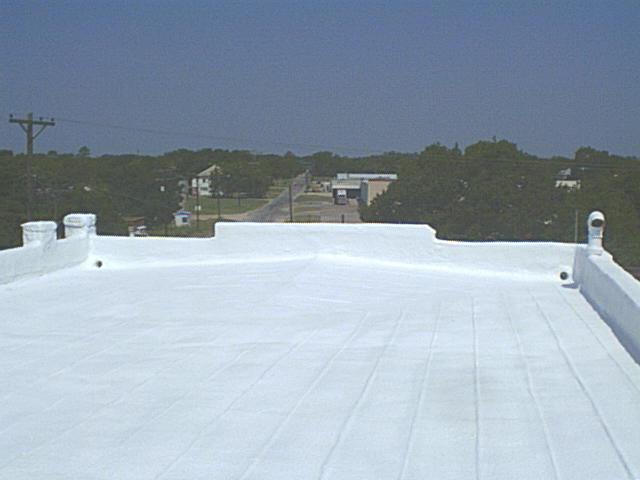 Roofs can be categorized into two major types: sloped and flat. While the difference in the shape is obvious, there are other less obvious characteristics between these two styles in terms of performance, cost, and maintenance requirements.
Roofs can be categorized into two major types: sloped and flat. While the difference in the shape is obvious, there are other less obvious characteristics between these two styles in terms of performance, cost, and maintenance requirements.
Flat
As the name implies, this design is almost level and does not have a triangular top. Its name is actually a misnomer since it does have a bit of slope for channeling water into the gutter. The material used for construction ranges from tar to modified bitumen along with reinforced tar paper. Layer upon layer of the materials are applied to create a water-tight seal.
The biggest advantage to this particular type is its low cost due to the use of inexpensive materials. In addition, working on a flat surface and mopping bitumen or tar is less physically demanding. Cleaning and maintenance is also easily completed due to its flat profile. Attic space can also be employed efficiently because there are no slopes to take up space, which is why most commercial buildings use a flat roof for it offer of efficient space.
Despite these advantages, there are also critical disadvantages to this particular design. When used where snow and rain is common, there can be a big problem with leaks. Thermal shock can create small cracks and crevices on the layers and which allows water and snow to pool on its low slope, leading to water absorption through the cracks. All of this will undoubtedly cause damage to the underlying structure and require repair. Some contractors have overcome this problem by installing underlayment and using synthetic rubber sheets instead of tar.
Sloped
This design utilizes two or more slopes and is most commonly used on residential buildings. It has many variations including the hipped and gable styles. They are pretty much the same since a raised central ridge is used joining each opposing panel to create a triangular profile.
One of the biggest advantages to this type of roof is that it is extremely effective in repelling water and reducing the opportunity for water to be absorbed through the top layers, which gives this version an overall advantage in terms of longevity. There are also a wide choice of materials including wood, asphalt, synthetic materials, metal, and slate, each with a different life span With so many choices, it is quite easy to find material that will match the building design as well as an owner’s budget.
Of course, this structure has its downsides as well. It is more costly to construct due to the complexity of its underlying structure, is more difficult to clean and the attic space is greatly reduced. When damage happens, repairs are more difficult to make because of the slope.
Best Choice
Deciding between a flat and a sloped roof will depend a great deal on local conditions as well any budgetary constraints. Building sites located in the south where snow is not a common occurrence will find that a flat roof can be a cost-effective choice. For areas where there is more snow accumulation, a sloped roof will always be the better option.
These are just some of the advantages and disadvantages of flat and sloped roofs. Hopefully this article will help to make an informed decision when deciding between the two different types!
When Faced with Houston Roofing Repair Issues, Contact Schulte Roofing Right Away!
Are you hunting for a Houston roofing repair company that understands the difference between sloped and flat roofs and tell you which is best for your home? Schulte Roofing at 800-367-7663 can address all such needs for the greater Houston metropolitan area!
